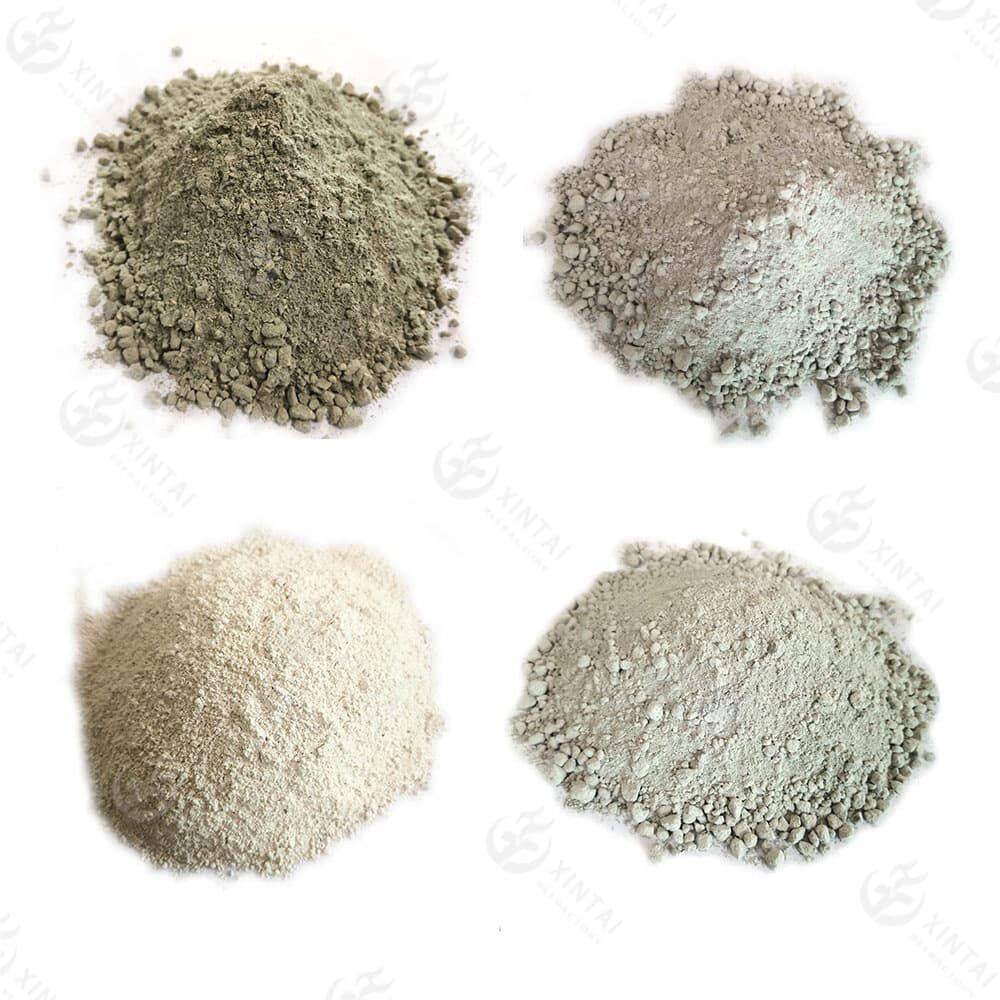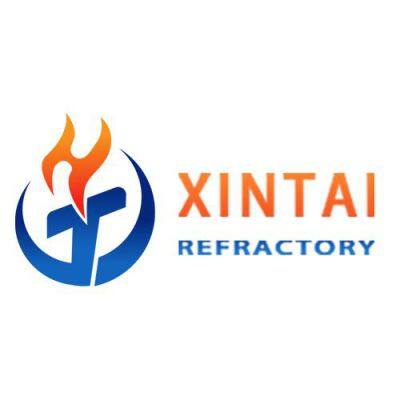-
 Wang
Hi there! Welcome to my shop. Let me know if you have any questions.
Wang
Hi there! Welcome to my shop. Let me know if you have any questions.
Your message has exceeded the limit.

Beyond the Price Tag: The Hidden Costs of Choosing the Wrong Unshaped Refractory
2025-09-28 17:16:44
The Price Trap: When "Savings" Become Expensive Mistakes
The Total Cost Equation: What You're Really Paying For
Factor #1: Service Life – The Multiplier Effect
Cheap castable: $800/ton, 18-month life
Premium castable: $1,200/ton, 36-month life
Real savings: $400/ton over 3 years = 33% cost reduction
Historical performance data in similar applications
Chemical compatibility with your process environment
Thermal shock resistance under your operating conditions
Mechanical strength requirements
Factor #2: Installation Speed – Time is Money
| Material Type | Installation Method | Time per m³ | Labor Cost |
|---|---|---|---|
| Traditional bricks | Manual laying | 8-12 hours | $800-1,200 |
| Castable refractory | Pouring/vibration | 2-3 hours | $200-300 |
| Gunning mix | Mechanical spraying | 1-2 hours | $150-250 |
| Self-flowing castable | Gravity flow | 1 hour | $100-150 |
The Technical Deep Dive: What Separates Good from Great
Factor #3: Thermal Performance – The Energy Equation
Thermal conductivity: Lower = better insulation (0.5-2.5 W/m·K typical range)
Heat capacity: Affects thermal cycling efficiency
Thermal shock resistance: Critical for temperature cycling applications
Factor #4: Chemical Resistance – The Corrosion Battle
Alkali attack: Particularly severe in cement and glass industries
Acid corrosion: Common in chemical processing and waste incineration
Slag penetration: Critical in metallurgical applications
CO disintegration: Specific to carbon-rich atmospheres
Alkaline conditions: Magnesia-based materials
Acidic environments: Silica-rich compositions
Neutral/variable: High-alumina or chrome-alumina systems
Factor #5: Mechanical Properties – Strength Under Fire
Cold crushing strength: >30 MPa for high-stress zones
Hot modulus of rupture: Strength retention at operating temperature
Abrasion resistance: <15 cm³ loss for severe wear applications
Creep resistance: Long-term deformation under load
The Practical Application Guide
Understanding Unshaped Refractory Categories
Best for: Complex shapes, large areas, quick installation
Key advantage: Seamless monolithic construction
Application tip: Use vibration for dense castables, self-flowing for complex geometries
Best for: Repairs, irregular shapes, difficult access areas
Key advantage: Excellent workability and adhesion
Application tip: Proper ramming density critical for performance
Best for: Maintenance repairs, quick installations
Key advantage: Minimal downtime, excellent adhesion
Application tip: Control moisture content for optimal adhesion
Best for: High-wear areas, precise shapes
Key advantage: Maximum density and strength
Application tip: Layer-by-layer compaction essential
Best for: Surface protection, gas tightness
Key advantage: Thin, uniform protective layer
Application tip: Surface preparation critical for adhesion
The Maintenance Factor: Planning for the Inevitable
Factor #6: Repair Speed – Minimizing Downtime
Patch compatibility: Can new material bond to old?
Curing requirements: Room temperature vs. special heating
Application methods: Can repairs be done without complete shutdown?
Material availability: Standard vs. special-order materials
The Selection Framework: Making Smart Decisions
Step 1: Define Your Operating Environment
Temperature range: Maximum continuous, peak, cycling rates
Chemical environment: Gases, liquids, solids present
Mechanical stresses: Load, vibration, abrasion
Thermal cycling: Frequency, rate of change
Step 2: Establish Performance Requirements
Target service life: Based on maintenance schedules
Installation constraints: Time, access, equipment available
Performance priorities: Insulation, strength, corrosion resistance
Budget parameters: Total cost, not just material price
Step 3: Evaluate Material Options
Technical specifications: Match properties to requirements
Case studies: Performance in similar applications
Supplier capabilities: Technical support, consistency, delivery
Total cost analysis: Include installation, maintenance, replacement
Step 4: Validate Your Selection
Pilot testing: Small-scale trial if possible
Supplier references: Contact users in similar applications
Risk assessment: Consider consequences of premature failure
Performance monitoring: Establish metrics for success
The ROI Reality: When Premium Pays for Itself
Total Cost of Ownership Example
Material cost: $80,000
Installation cost: $40,000
Service life: 18 months
Downtime cost: $300,000
3-year total: $840,000
Material cost: $120,000
Installation cost: $40,000
Service life: 36 months
Downtime cost: $150,000
3-year total: $310,000
Future-Proofing Your Investment
Emerging Technologies to Consider
Nano-enhanced formulations: 30% improved performance
Smart monitoring systems: Embedded sensors for condition tracking
Self-healing materials: Autonomous crack repair capabilities
3D printing compatibility: Complex geometries without molds
Sustainability Factors
Energy efficiency: Lower thermal conductivity reduces fuel consumption
Installation efficiency: Reduced waste and faster application
Service life extension: Fewer replacements mean less material waste
Recyclability: End-of-life material recovery options
Your Action Plan: From Analysis to Implementation
Immediate Steps
Audit current performance: Document failure modes and costs
Define requirements: Establish technical specifications
Consult experts: Leverage supplier technical knowledge
Calculate TCO: Include all cost factors, not just material price
Plan implementation: Consider timing, training, and validation
Long-term Strategy
Performance tracking: Monitor key metrics over time
Continuous improvement: Regularly evaluate new technologies
Supplier partnerships: Build relationships for ongoing support
Knowledge building: Stay current with industry developments
The Bottom Line: Invest in Performance, Not Just Price
Tags: Refractory castable, cement castable, castable

